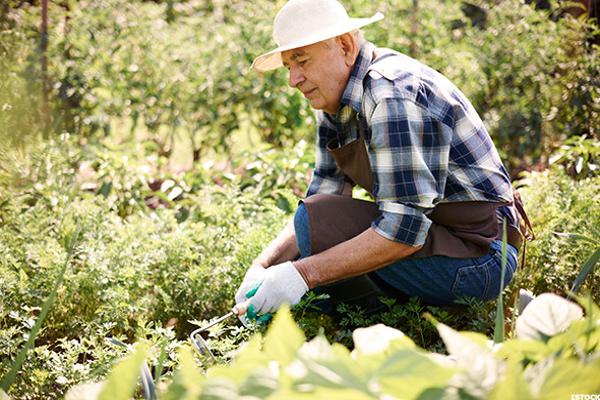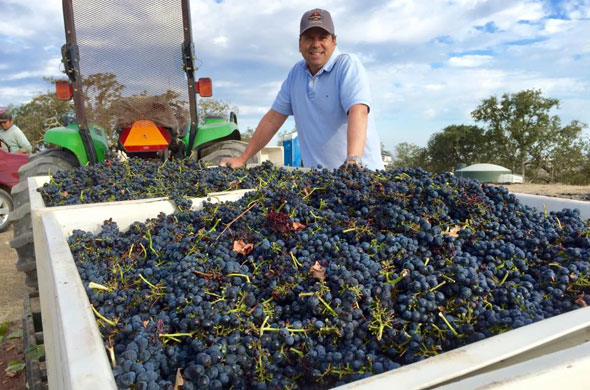
NEW YORK (MainStreet) — Chris Williams is a 52-year-old software developer with an MBA from a prestigious university who has worked at Microsoft as well as startups. Recently, Williams bought a Kula Vineyards in Central Coast, Calif., near Paso Robles, one of California’s major winery areas. There you can find him out in the field, planting the seeds of his supplemental retirement income.
“I am not rich, this is not a vanity operation,” says Williams. “I drive the tractor, I work the fields. I get out there and work along with my field helpers.”

Williams is still a software developer for about two-thirds of the week. “But the remaining portion I’m a farmer, and the idea is that it will become a bigger portion as I move towards software development retirement,” he says. “I think farming is a way to enjoy a nice, rural lifestyle, to stay active in retirement and an avenue to supplement retirement income.”
Williams is not alone in his move. A growing number of Americans have been turning to farming for a second career during what for many are their retirement years.
The 2013 Economical Report of the President, which is the most recent of these reports to cover farming in terms of aging in the industry, notes that the number of farmers over age 65 nearly doubled between 1978 and 2007, jumping from 16.4% to 30%. Of course, many of those farmers are simply aging in place. However, the report notes that a third of all new “farmers are over age 55, indicating that many farmers move into agriculture only after retiring from a different career.”
Age may also play a role in breaking down the barriers to entering the farming industry. The Economical Report of the President notes that startup costs can be a barrier to entry, due to the high cost of land and equipment. In 2011, the average farm assets were just shy of $1 million.
To address capital shortfalls, the U.S. Department of Agriculture (USDA) offers direct farming loans to new farmers.
Don’t plan on getting rich, though. You may not harvest an abundance of money. The median annual wage for farmers in 2014 was $68,050, according to the Bureau of Labor Statistics. However, there are tax savings. Most states give preferential tax treatment for land use for agriculture.
What’s more, USDA land-grant colleges and universities provide informal education about farming through cooperative extension programs.
Of course, the amount and quality of harvests isn’t always a reflection of education. Weather plays a large roll. Retirees should keep in mind that sometimes you don’t reap what you sow.
“This past growing season was terrible,” says Williams. “I don’t think there was a lot of profit to be had.”
Nonetheless, farmers have the benefit of fresh food on the table, and maybe a glass of fine wine.
http://www.thestreet.com/story/13330012/1/growing-your-retirement-income-literally-by-farming.html
Tags: being a farmer, cooperative extension programs, farming industry, farming loans to new farmers, fresh food, retirement
 Oxstones Investment Club™
Oxstones Investment Club™